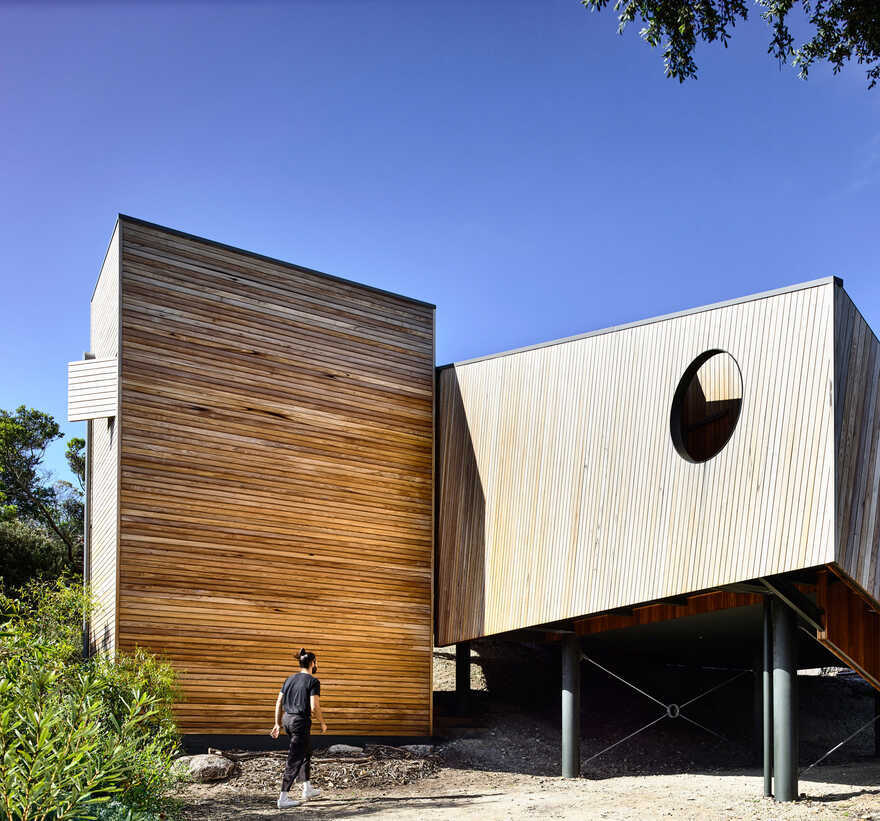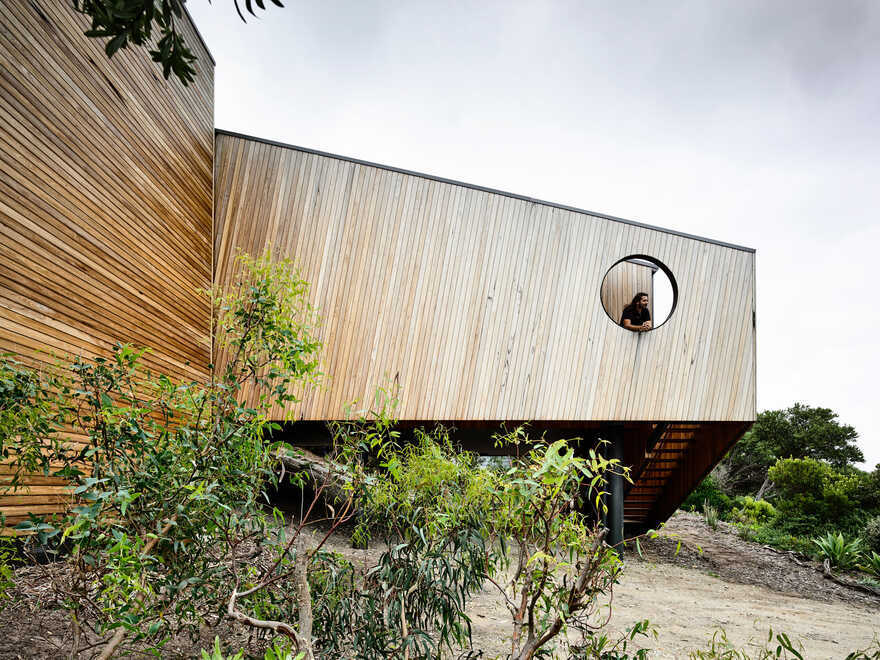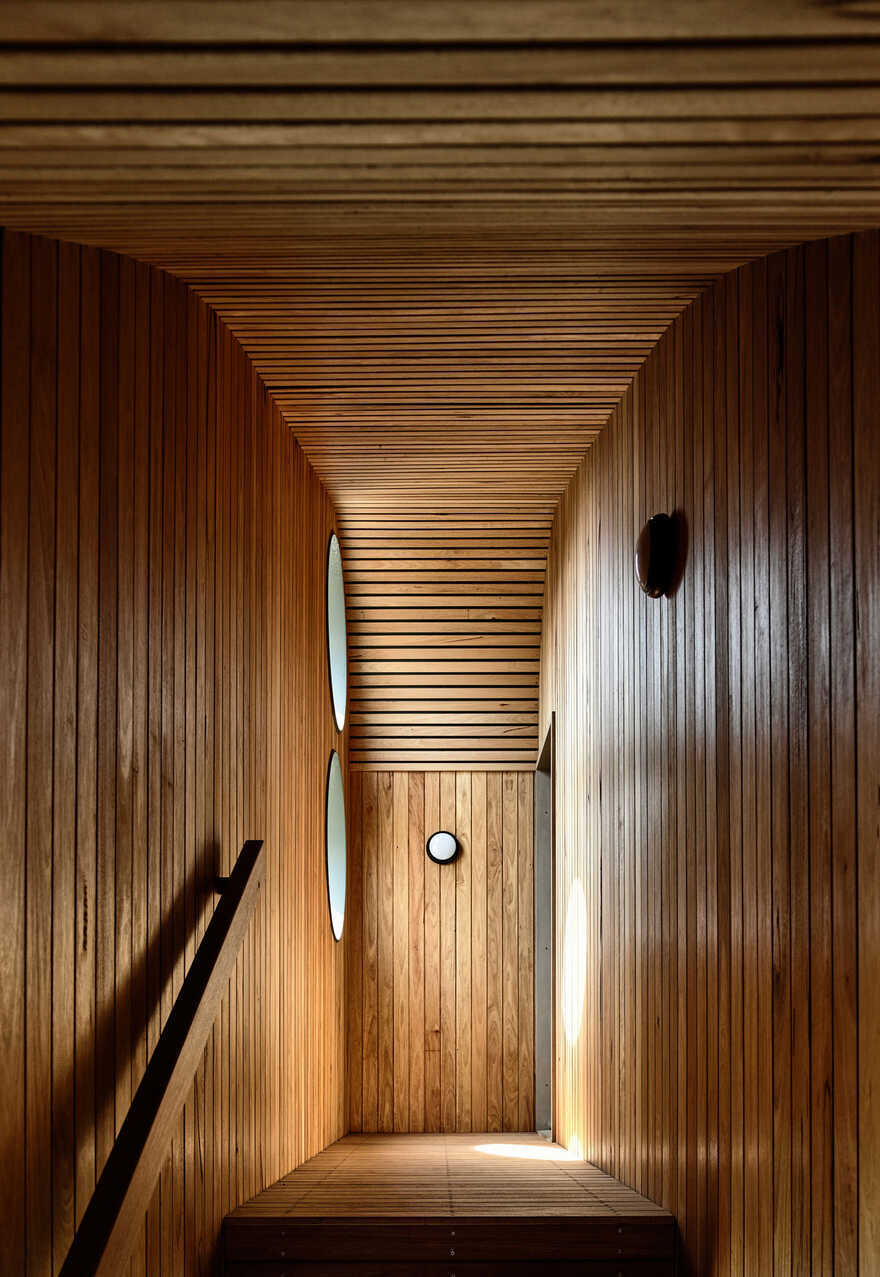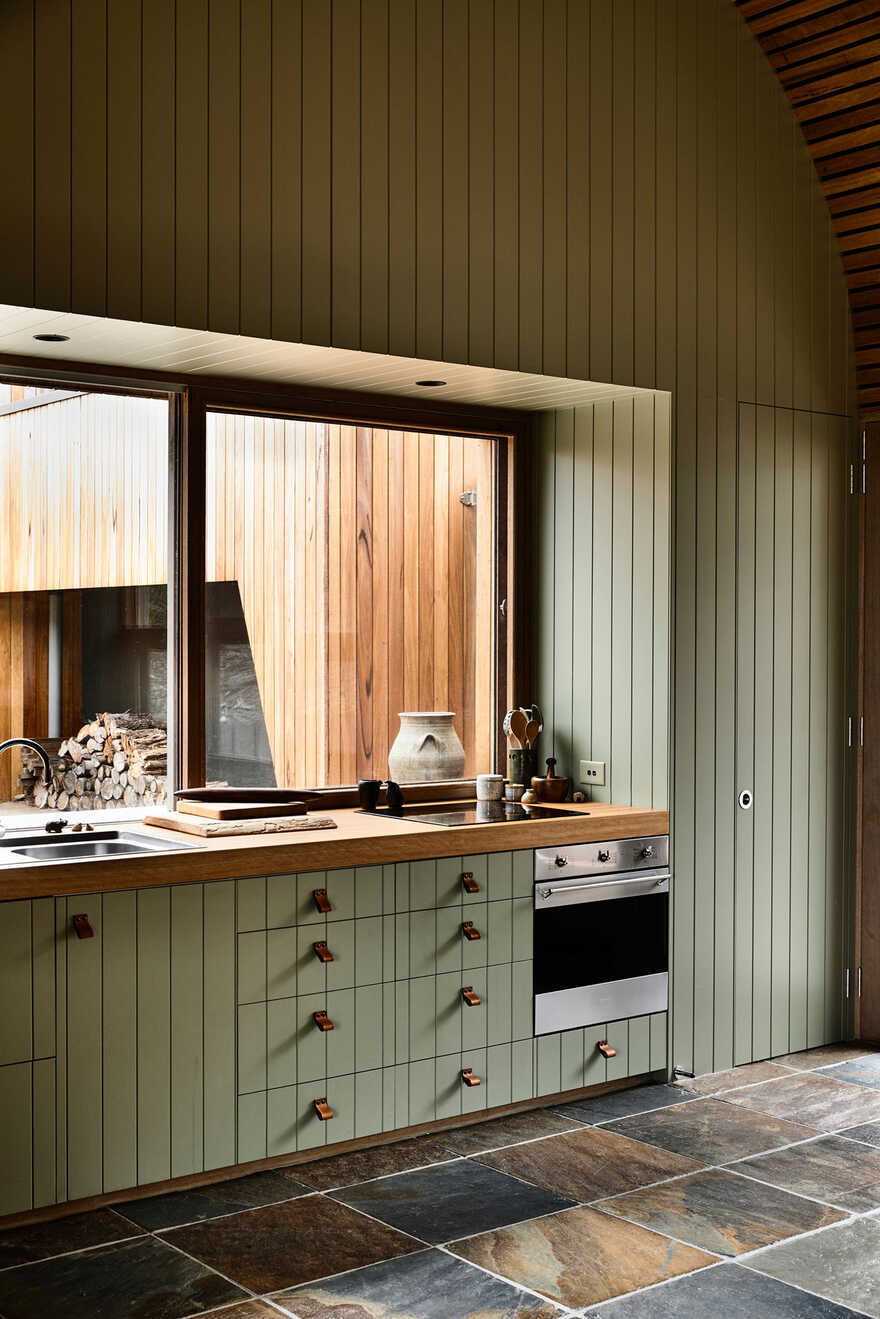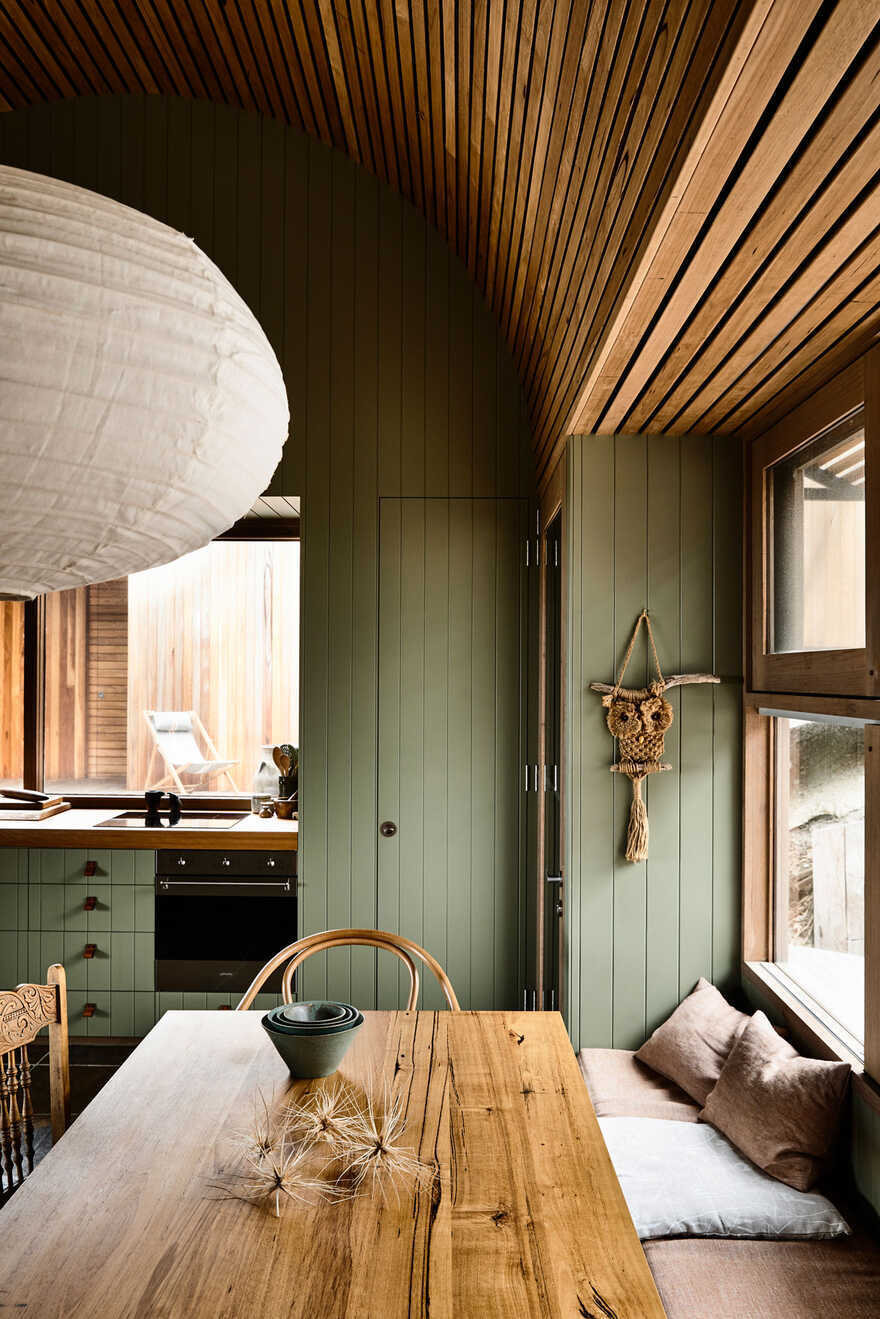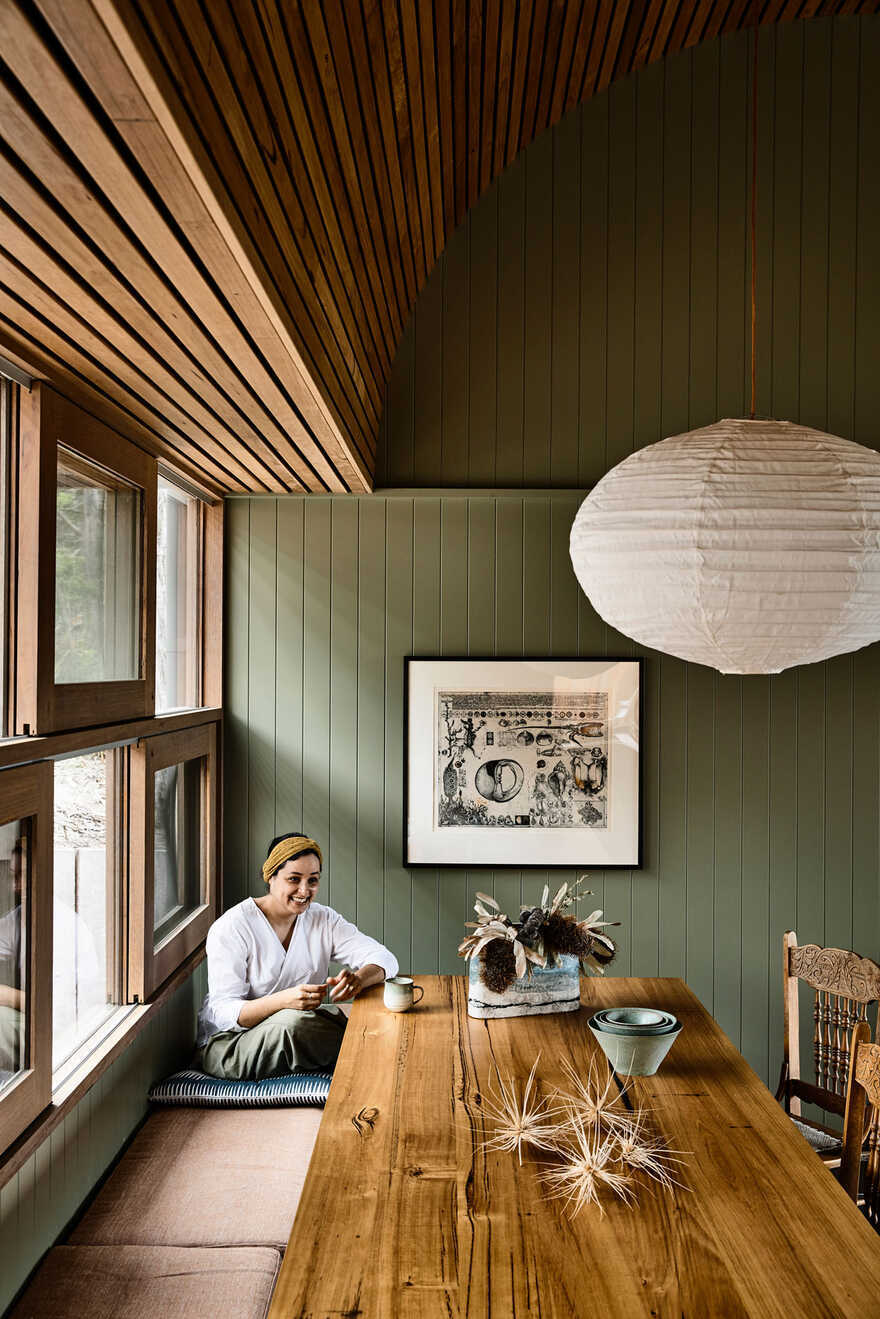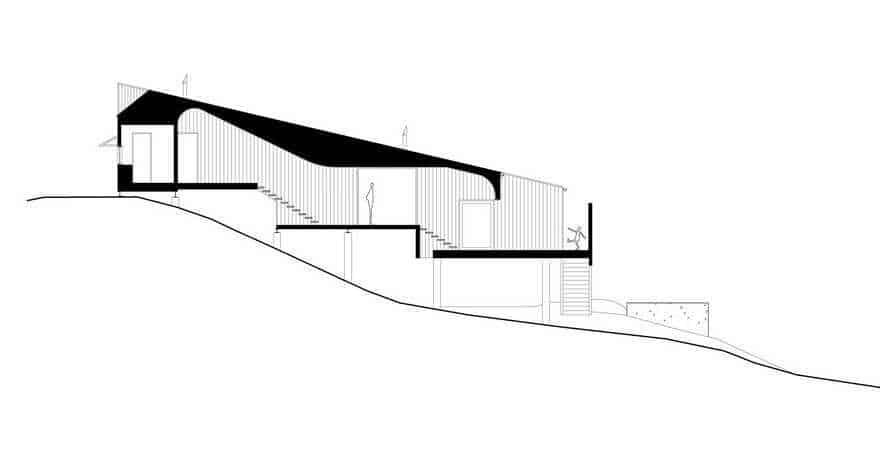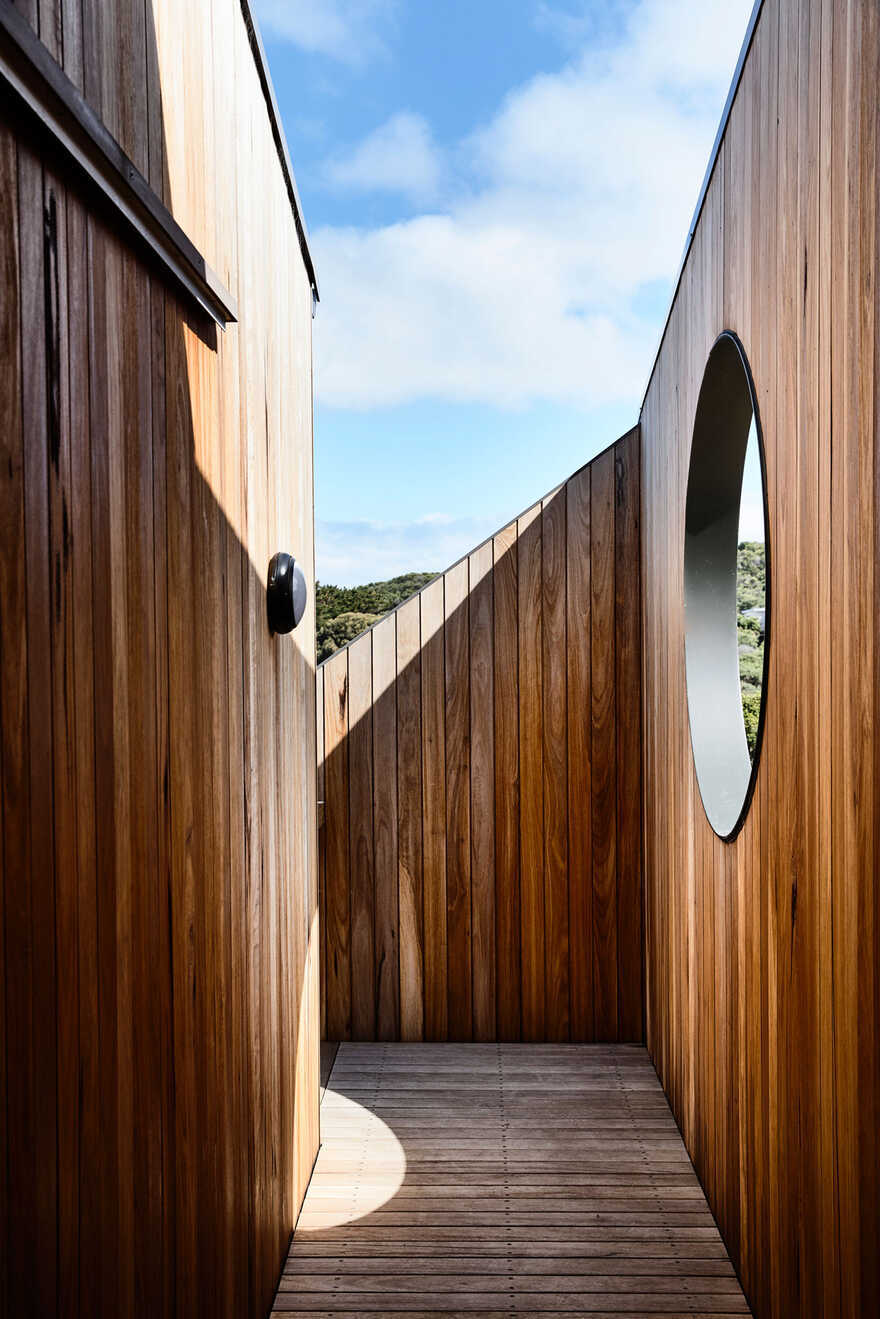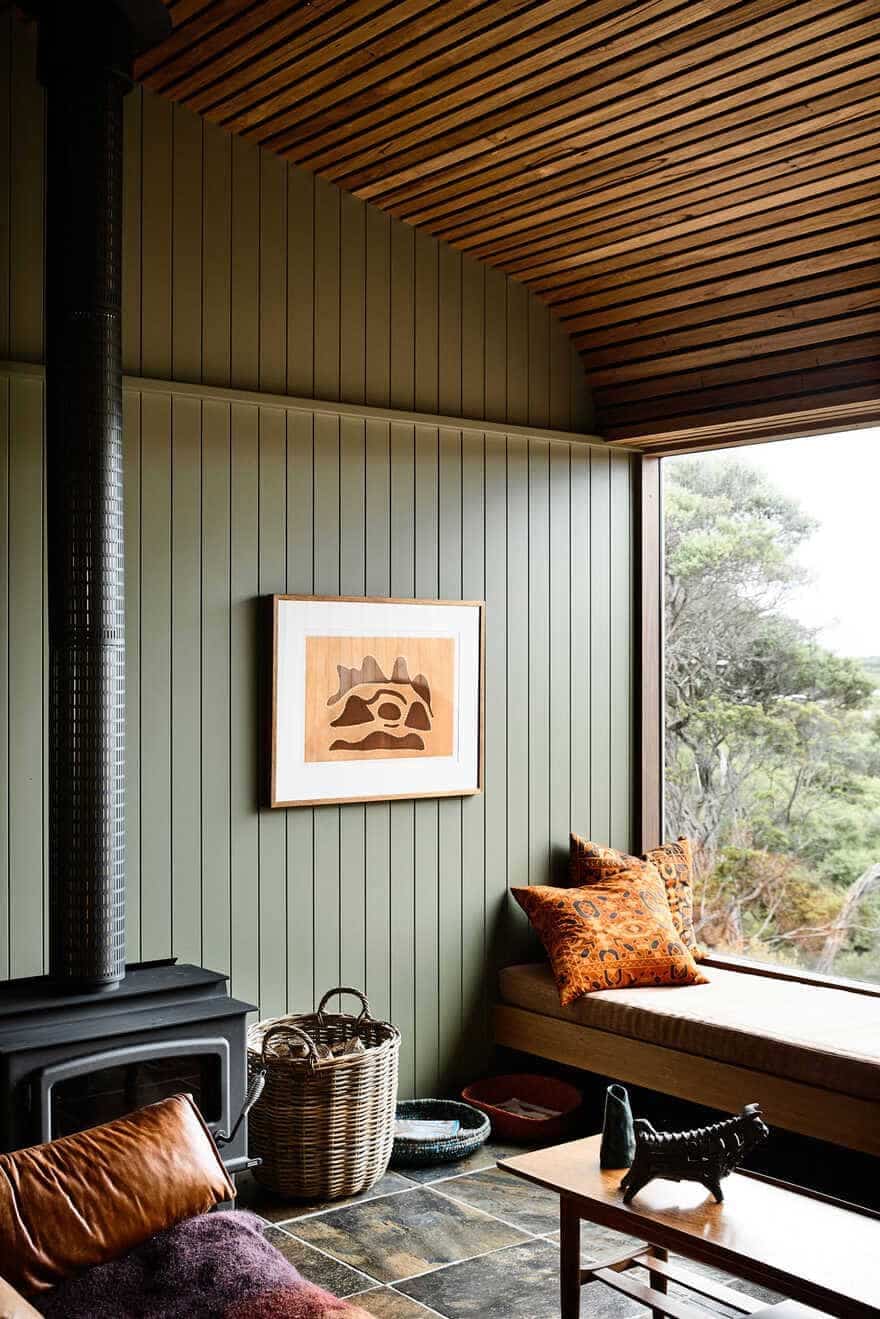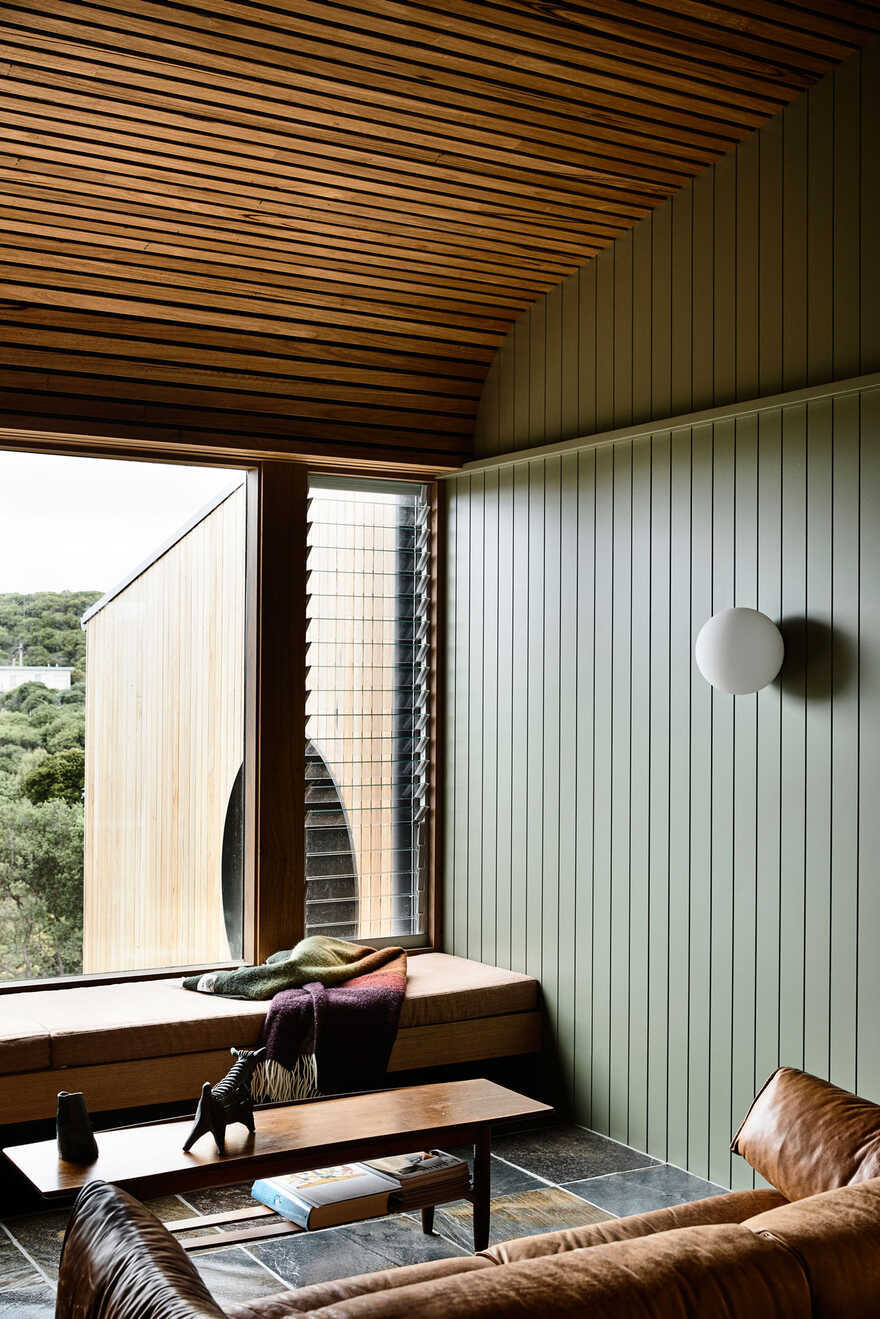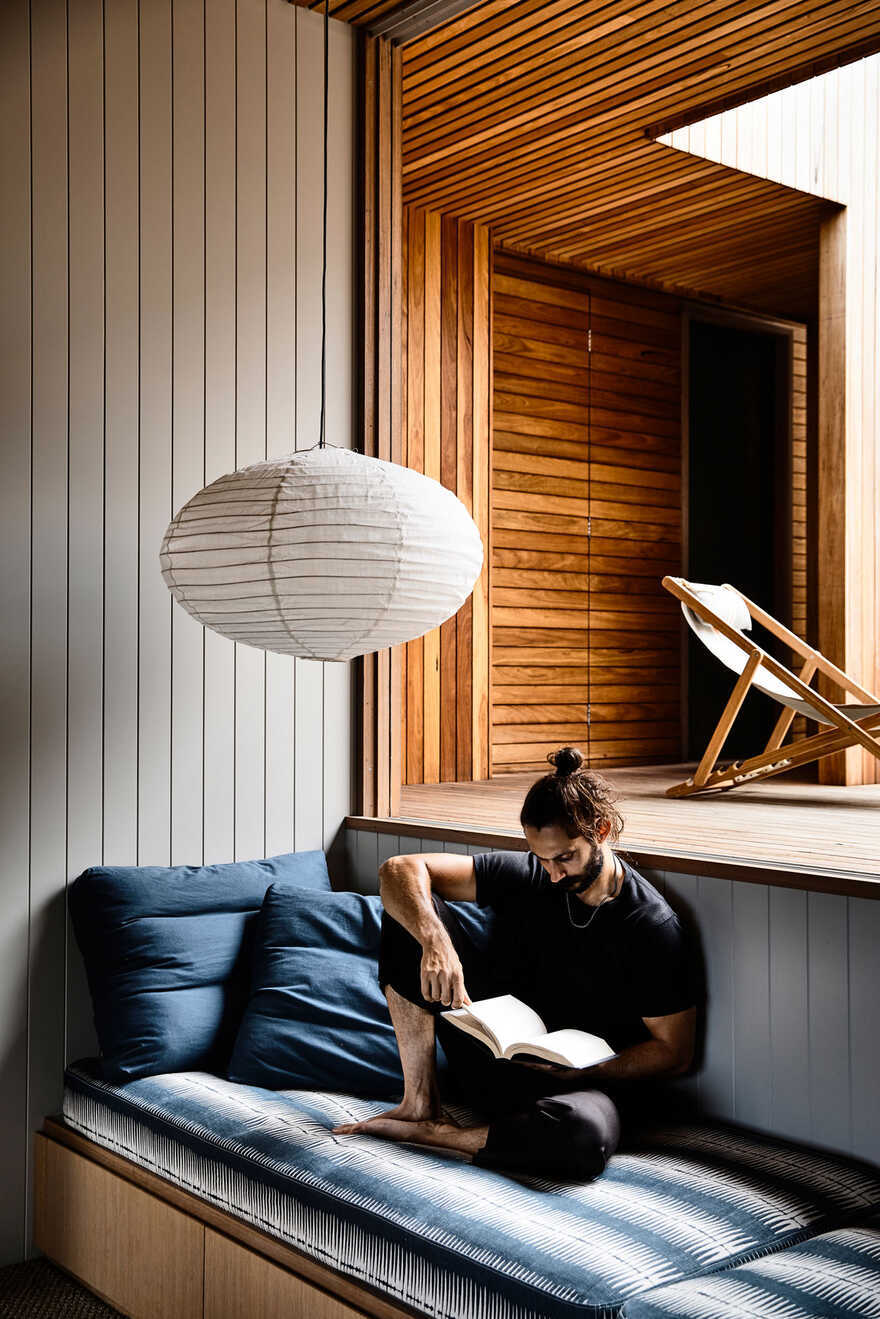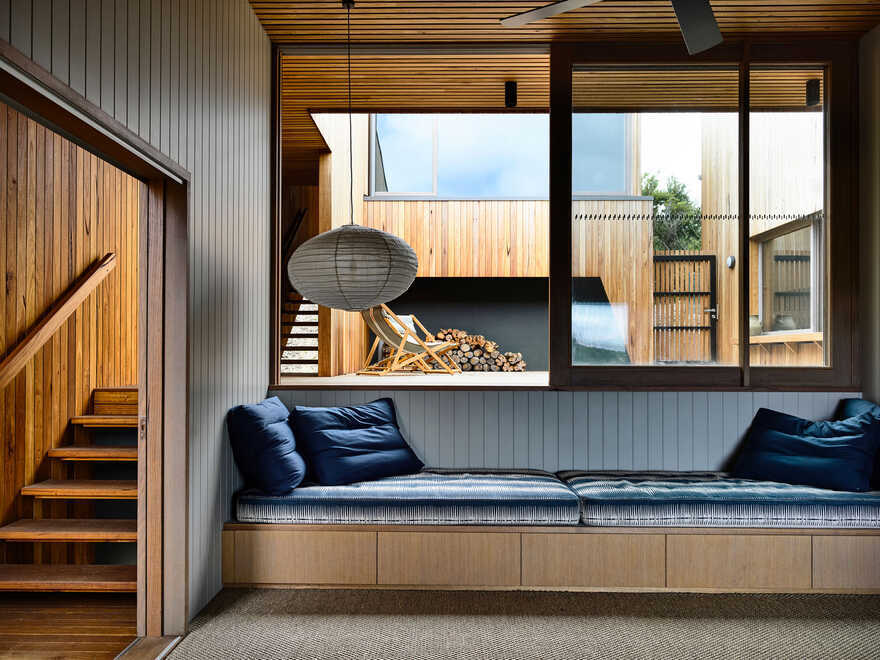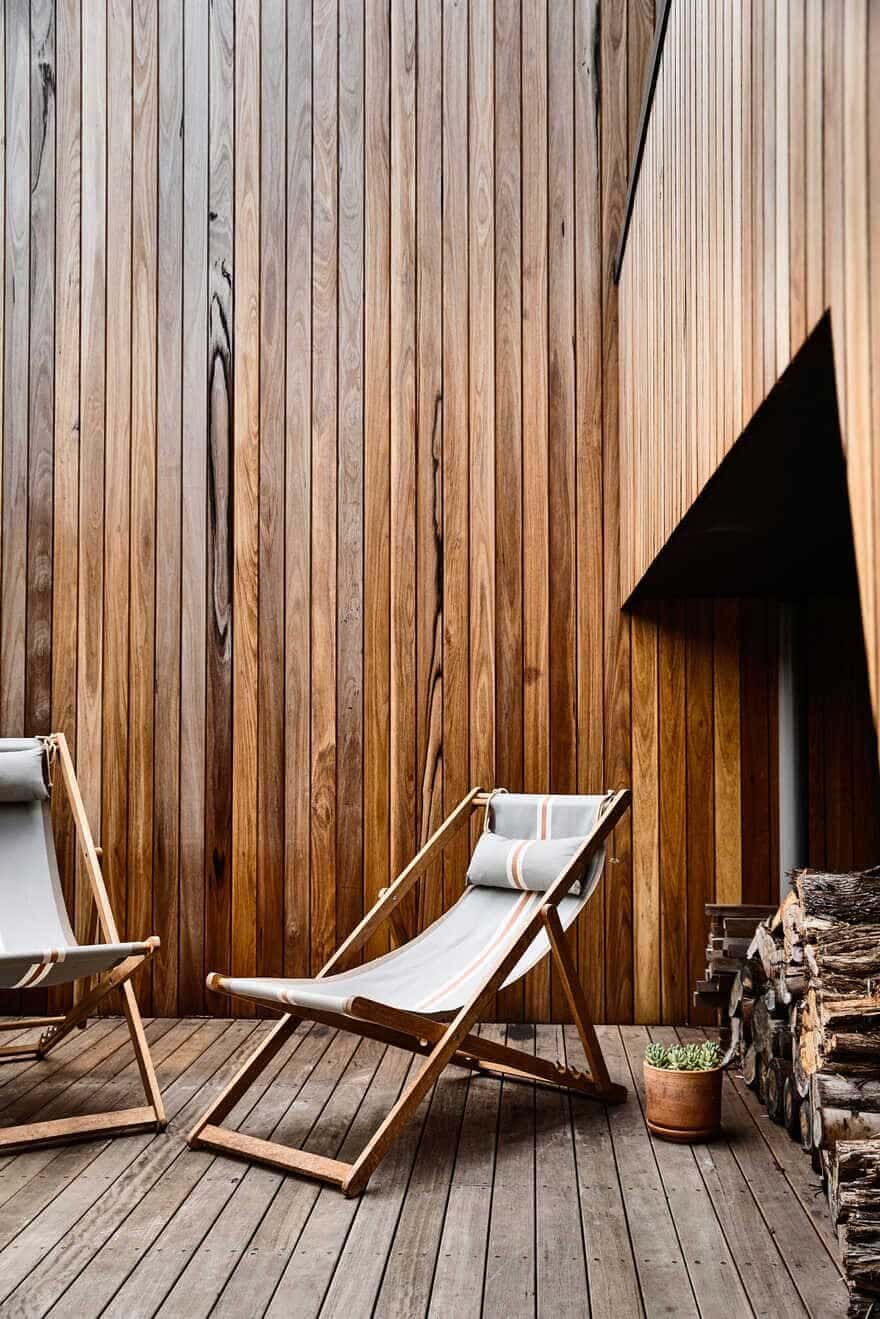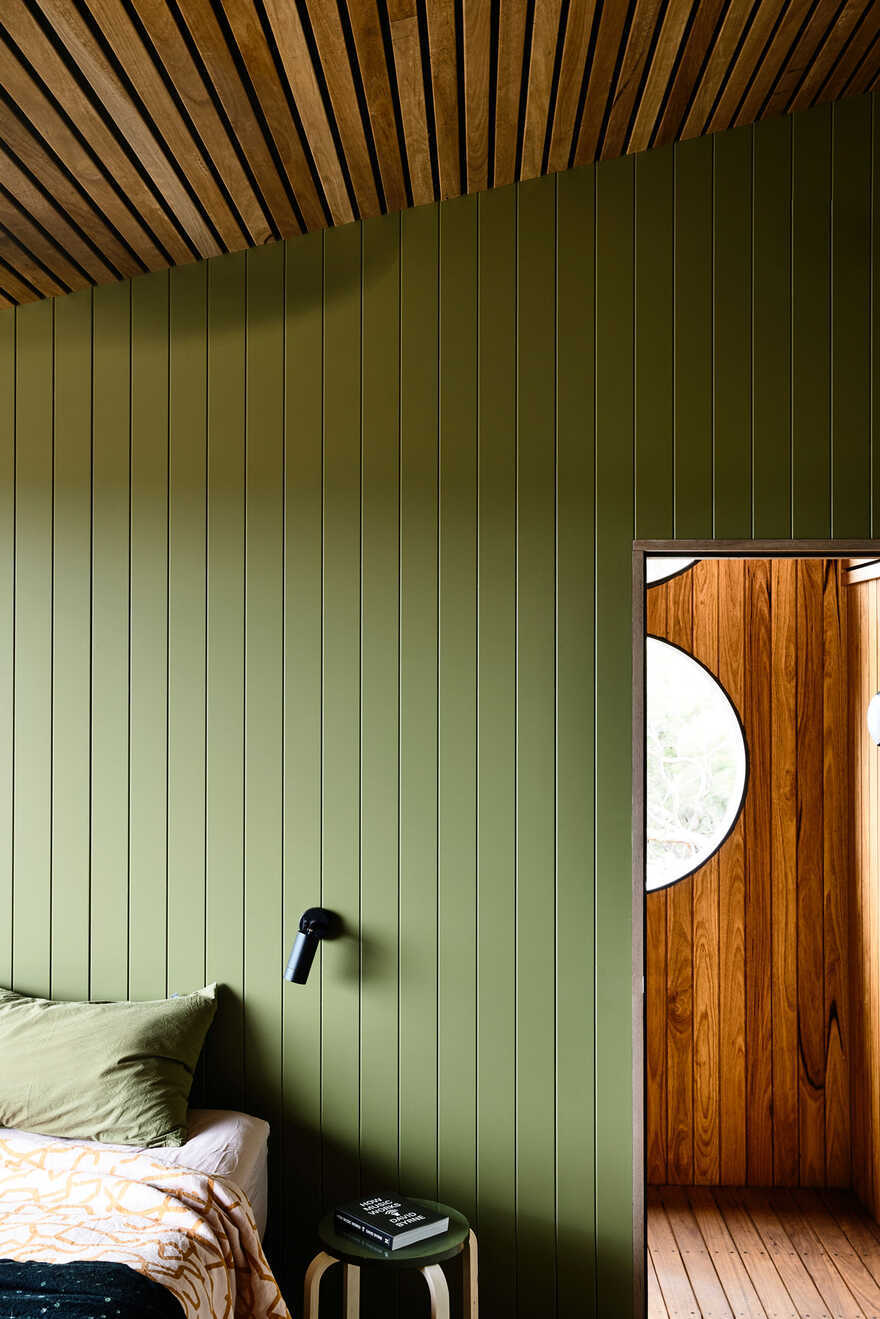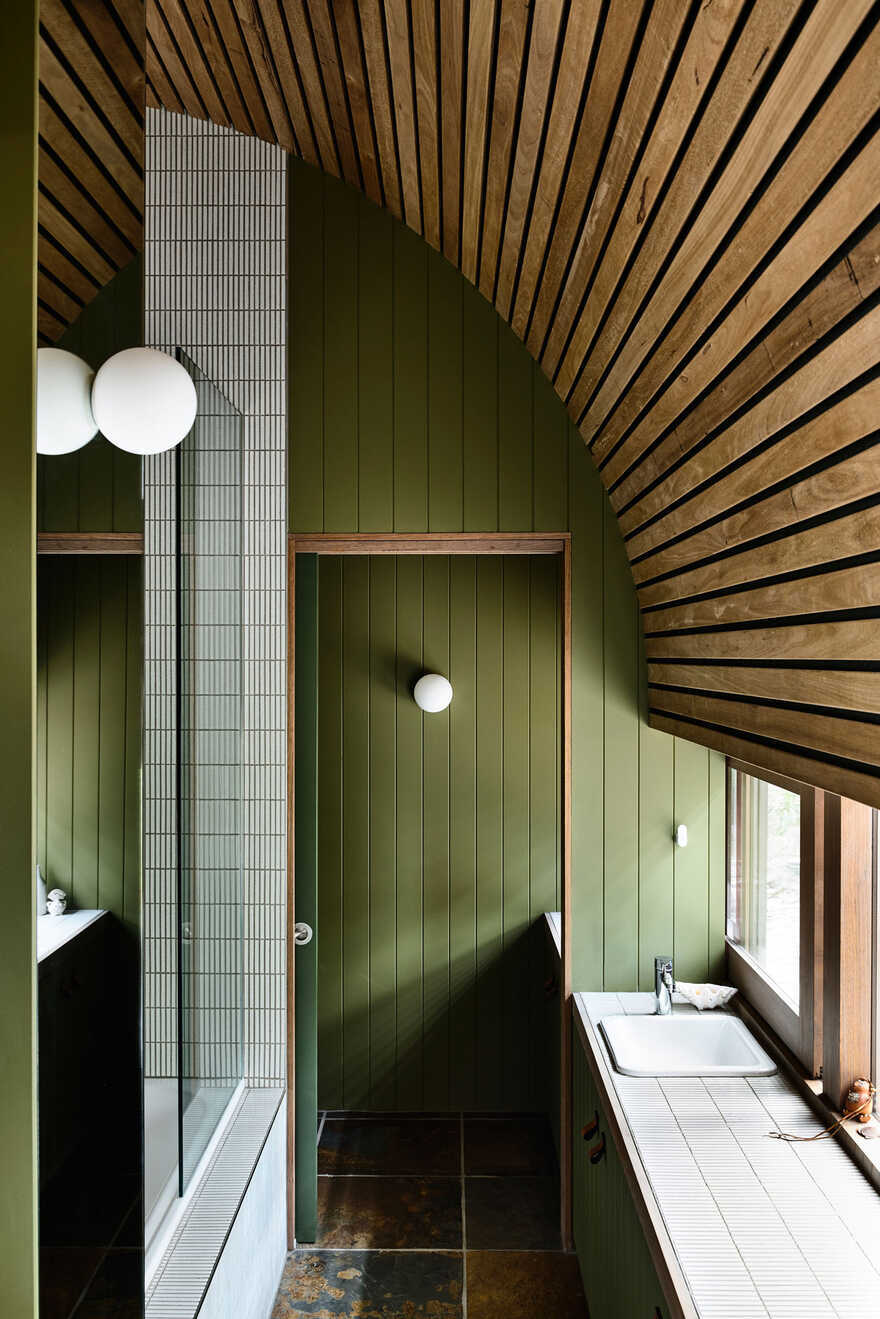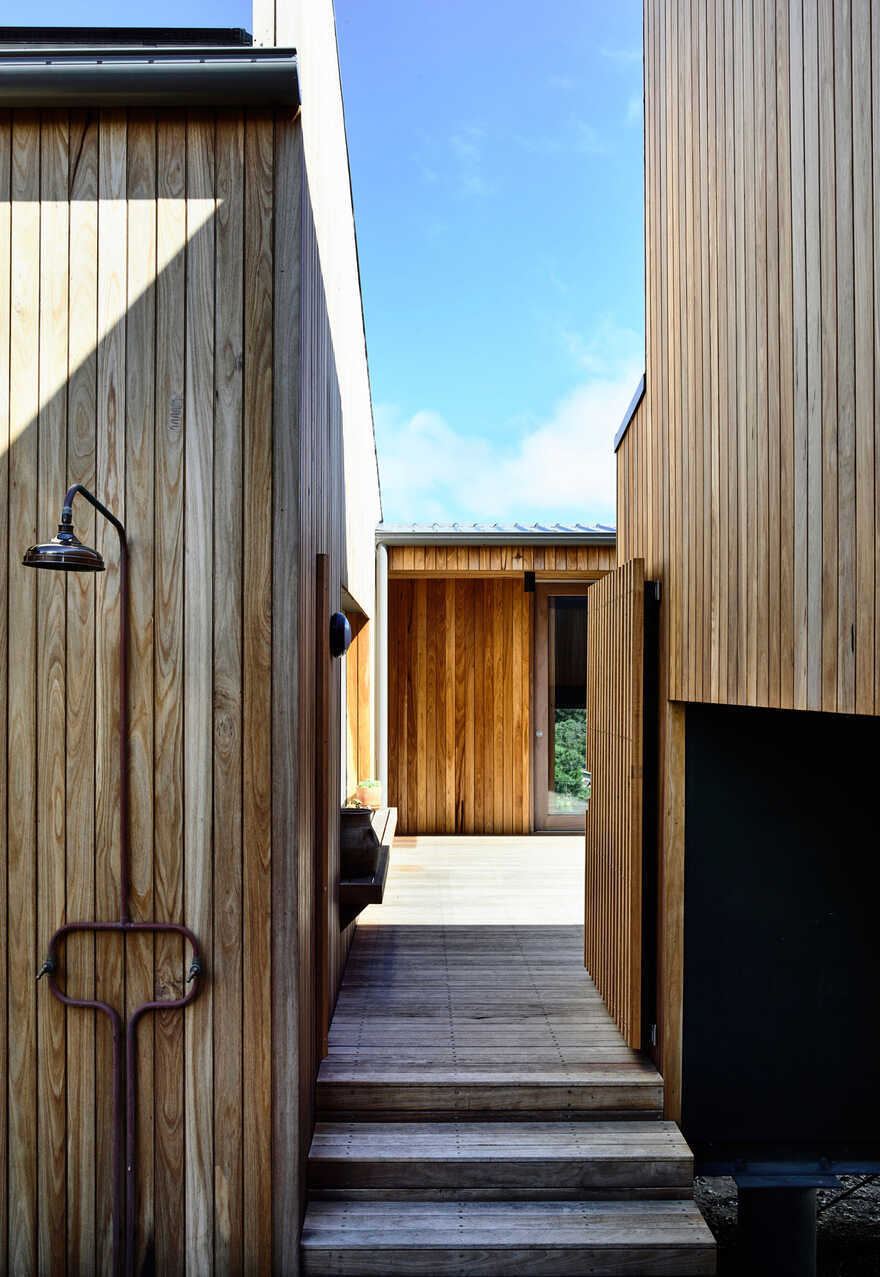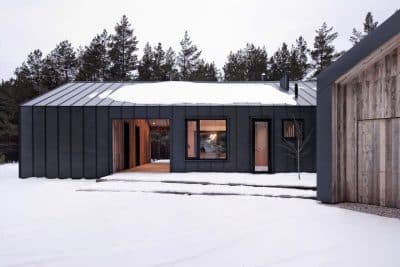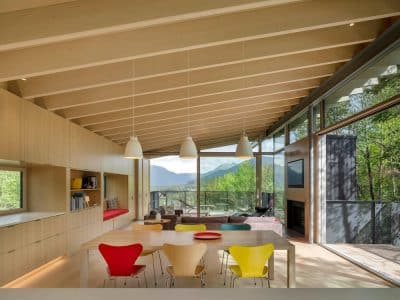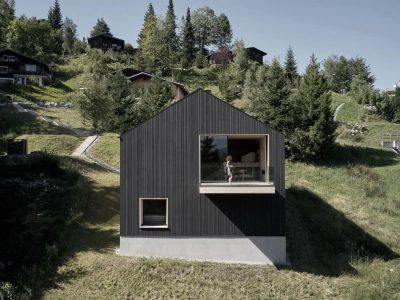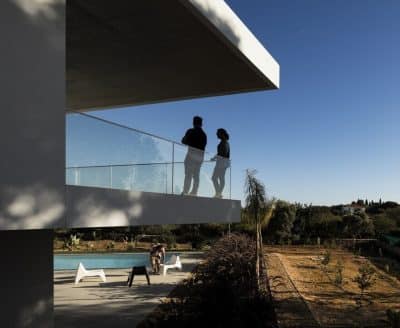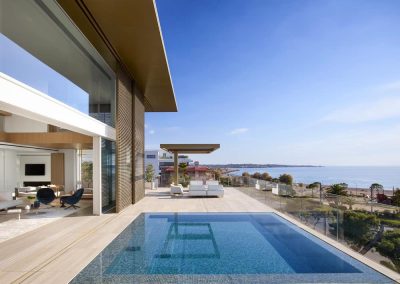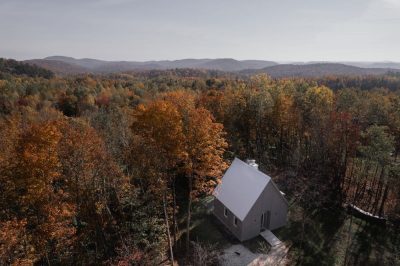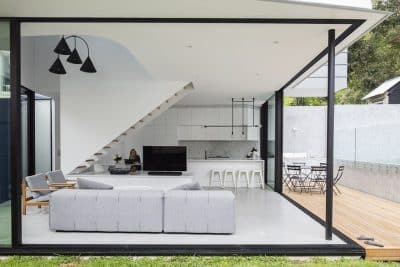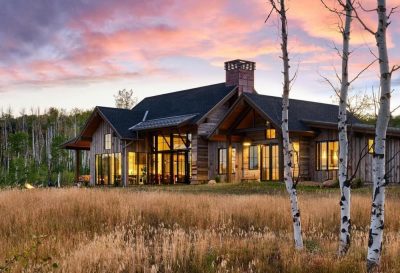Project: Sandy Point House
Architects: Kennedy Nolan
Builder: Gene Laity Builders
Location: Sandy Point, Australia
Year: 2019
Photos: Derek Swalwell
Text by Kennedy Nolan
Sandy Point House is also shortlisted for the IDEA 2019 Colour category.
Perched on the coastal dunes of eastern Victoria, this is a holiday house for a family who have a long association with the modest beachside hamlet of Sandy Point. Almost three hours from Melbourne, this house is designed not so much for weekends as for extended stays – in both summer and winter. The house is principally built from timber suitable to its bushfire prone setting, ultimately designed to grey off and be camouflaged in its indigenous planted setting. The underlying aspiration of the design is to make a house which reflects and amplifies a genuine connection to place which has evolved over generations of family holidays.
We approached the design with a sort of instinctive parametric taking into account these considerations. A shaping of plan, form and materiality based on the unique characteristics of the site and an interpretation of family traditions of beachside habitation. Underlying this understanding, we also sought to imagine an idealised coastal experience.
This is a pinwheel house arranged around a protected inner courtyard – a refuge from the prevailing winds and weather. The courtyard is like a cloister in that it provides a protected external connection between the four separate zones. There are no internal connections, one must go outside to move between the zones.
There is a sensual experience of place as you move from room to room; a view of stars, a burst of cold air, the sound of the ocean crashing. And because the rooms that spin off the courtyard are arranged to reflect the terrain of the steep site, moving through the house you are reminded of the ground beneath your feet as you ascend or descend between rooms.
The courtyard arrangement promotes a sensory awareness of place but it also supports a nuanced social experience in much the same way a cloister traditionally works. It offers seclusion in the separate zones but then facilitates encounters in a neutral common space – either in an organised or a chance way. Because holiday houses often accommodate visitors, this arrangement makes it an easy place to both be a guest and to host a guest.
This is a place deeply embedded in its landscape, derived from memories of family holidays past and somewhere new memories can be nurtured.

